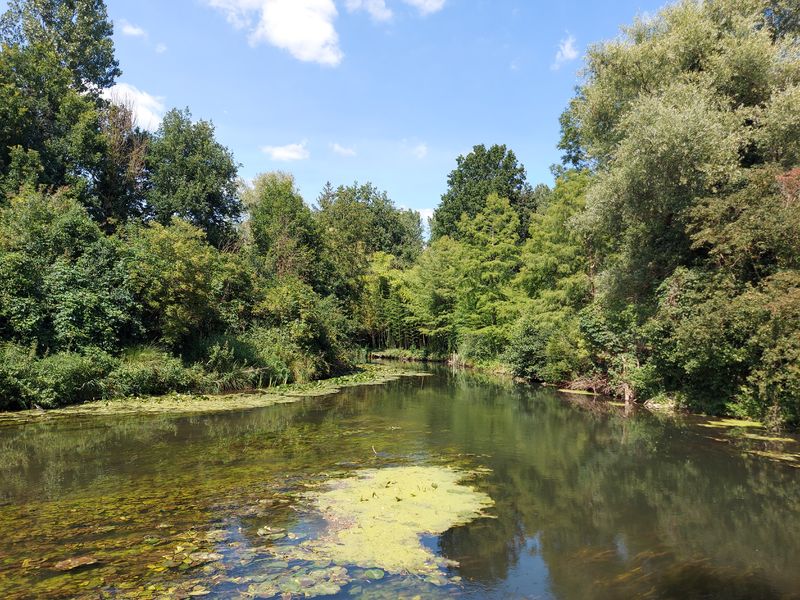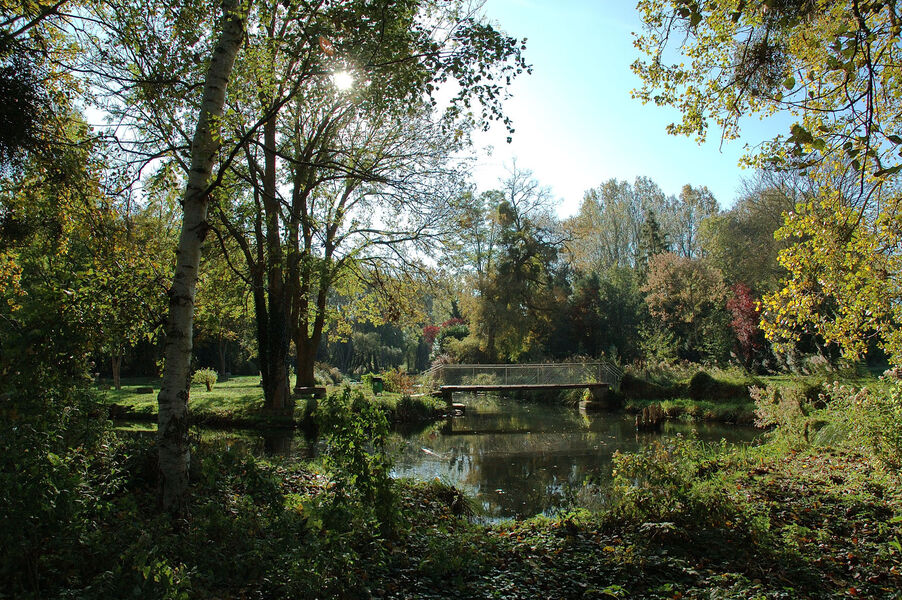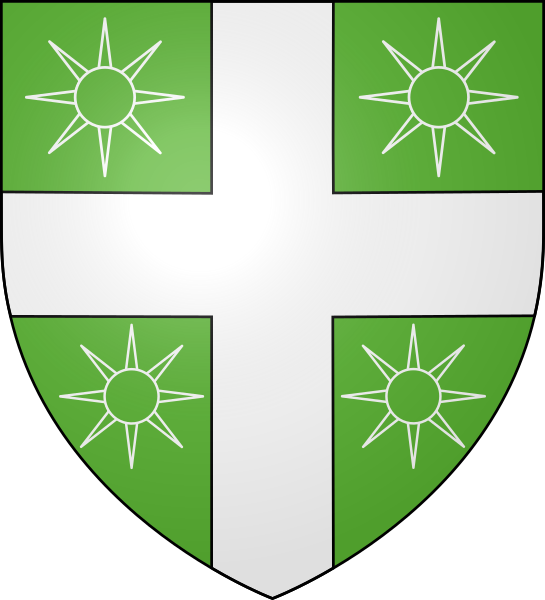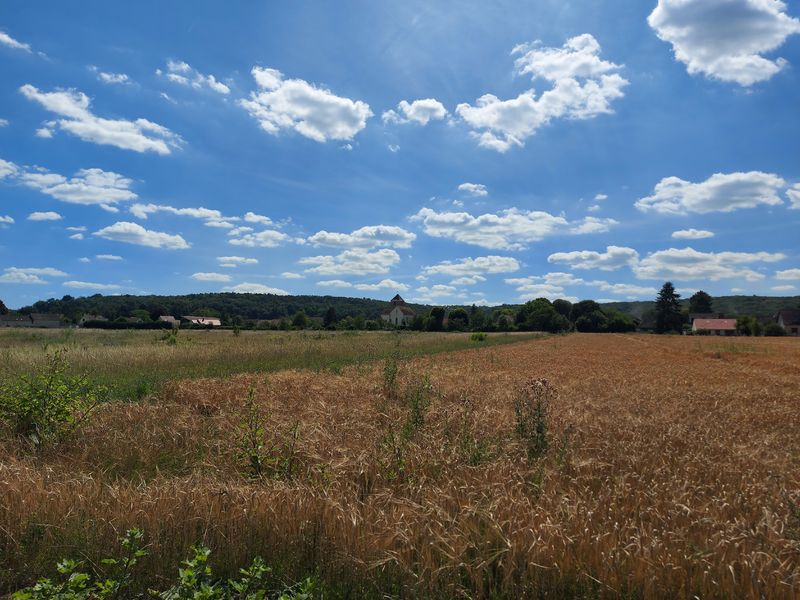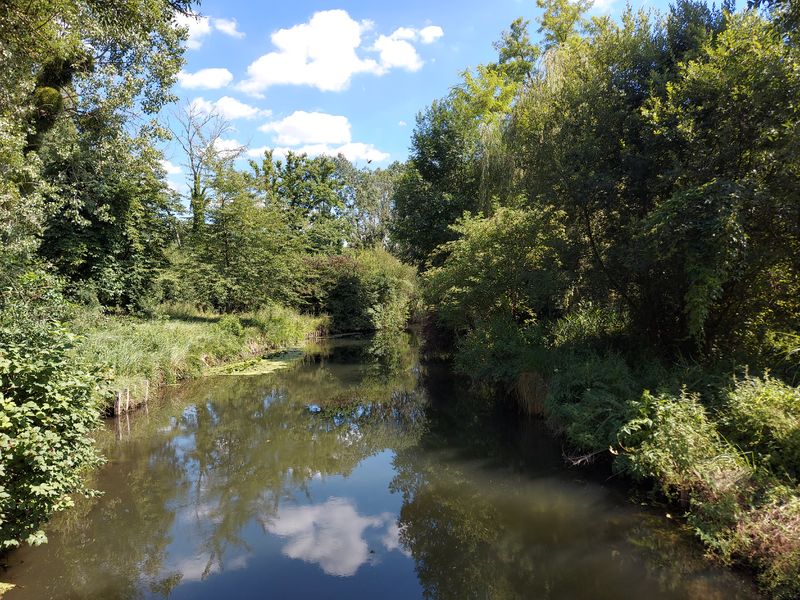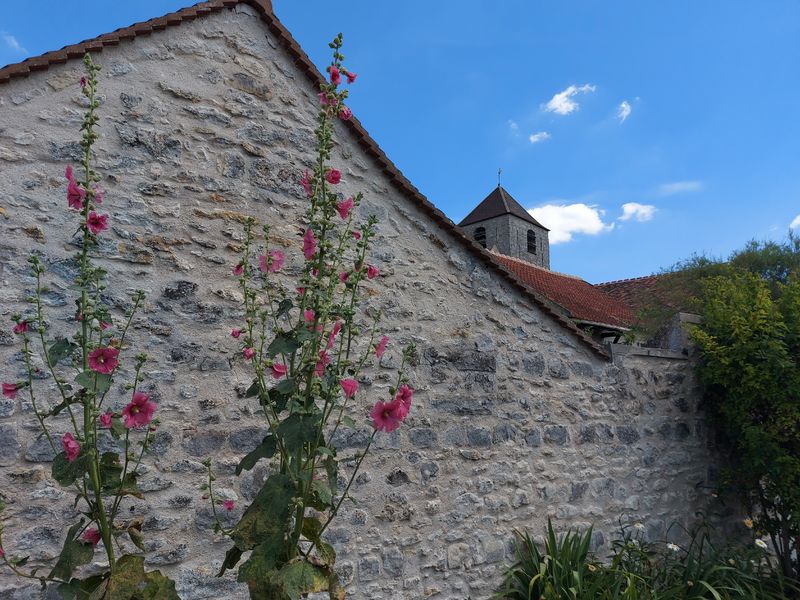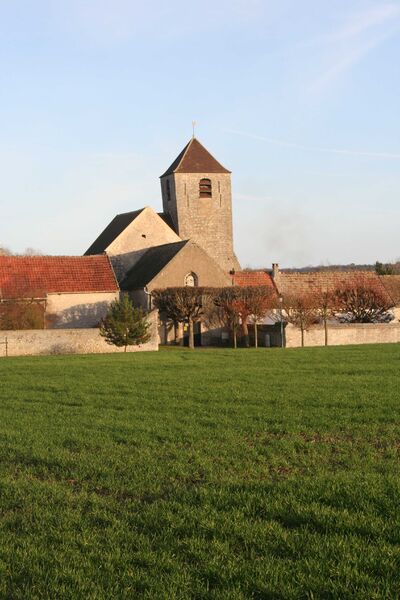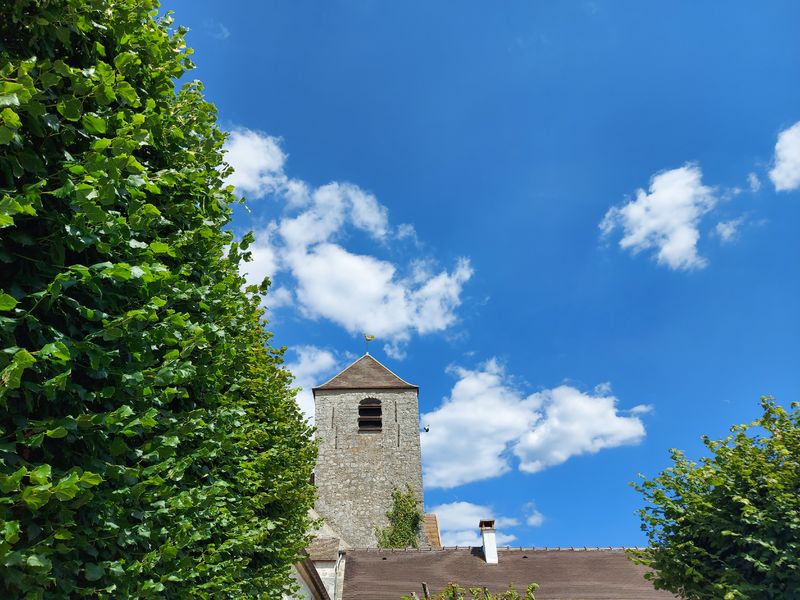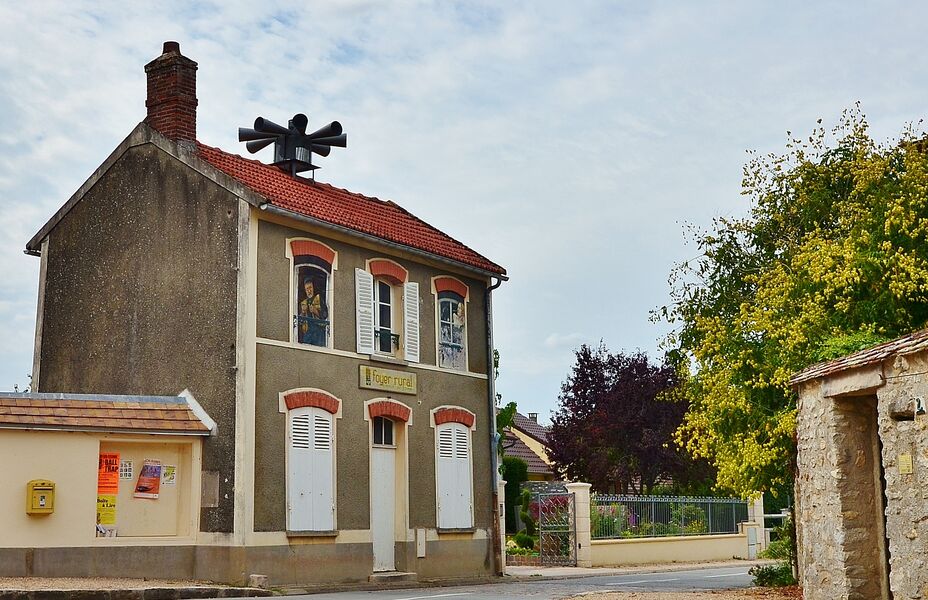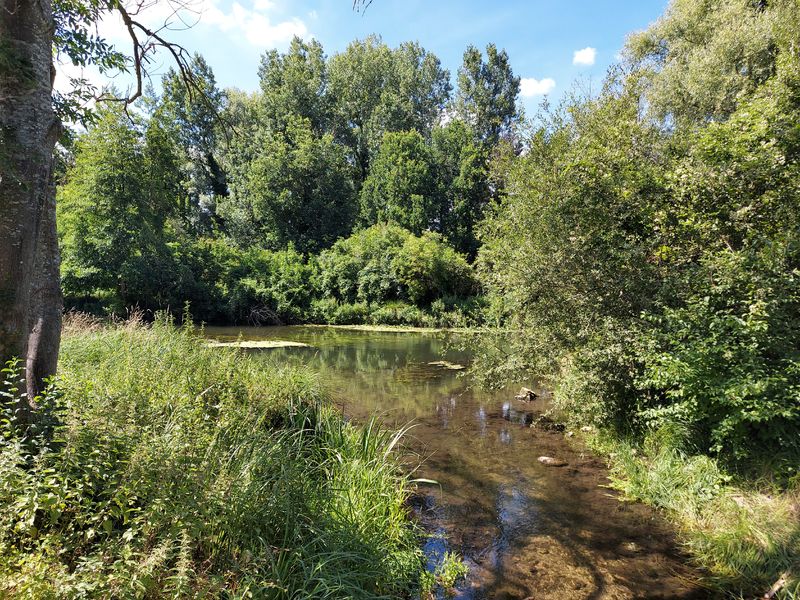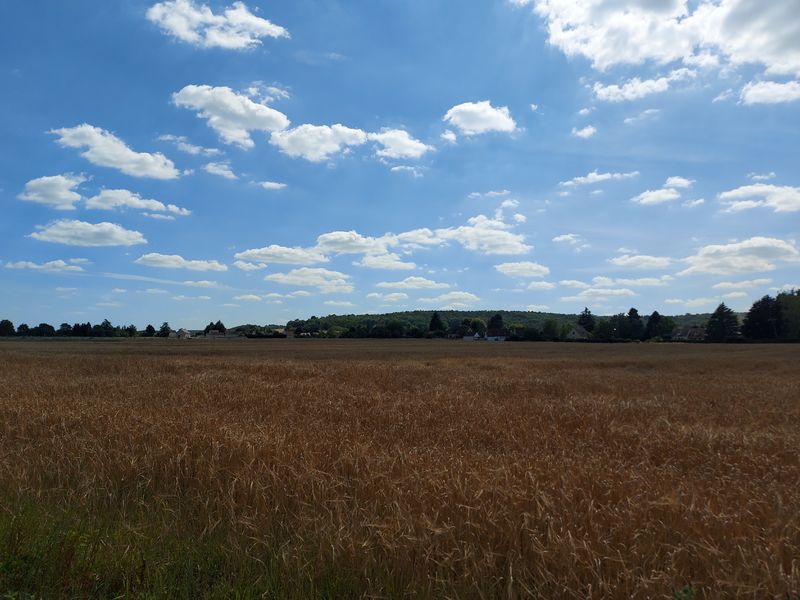Courdimanche sur Essonne
Courdimanche-sur-Essonne
Patrimoine culturel
The charming village of Courdimanche-sur-Essonne is located in the Parc Naturel Régional du Gâtinais Français. It is crossed by the Essonne River and is surrounded by numerous wooded areas.
Coordonnées
2 rue du Clos Saint Gervais91720 Courdimanche-sur-Essonne
01 64 99 53 95
-------------
HISTORY
There are no traces of human presence (no texts or relics) in Courdimanche during the Neolithic, Gallo-Roman and Merovingian eras. This is somewhat surprising as all villages around were residing here and a lot of relics, bones, tombstones… were found in those villages.
The oldest documents found mentioning the village are dated from 1664. It is some civil registers. At the time, the village was named “Courtimanche”. The name changed its spelling progressively to Courdimanche. In 1843, “sur Essonne” was added.
The village is part of two valleys : one is wet, the other is dry. This makes a very important diversity of soils. Also, the village has some agricultural soils, forests and swamps.
-------------
HERITAGE
The Church of Saint-Gervais-Saint-Protais
The oldest parts of the church are from the 12th century. Another part, the southern side, was added during the Hundred Years War. The ceilings made of wood and plaster were made during the 18th century.
Before the French Revolution, the church had two bells. However, one of them was removed and melted as a cannon during the conflicts. Melting bells was regular during those troubled times.
The bell tower has been classified as part of the Monuments Historiques since 1925, also, it was restored at the end of the 19th century. Indeed, we can note that some of the furniture were classified too in 1982, mostly wooden statues.
++++
Ambart Island
Ambart Island is a natural island created by the Essonne River. It is a reference point between Courdimanche and Boutigny. It is a classified natural site. It is possible to walk to the island thanks to two small bridges. It is magical and romantic, perfect to relax in full nature.
++++
SOURCE: Mairie de Courdimanche-sur-Essonne, Les Amis de Milly-en-Gâtinais et Environs, Parc Naturel Régional du Gâtinais Français
HISTORY
There are no traces of human presence (no texts or relics) in Courdimanche during the Neolithic, Gallo-Roman and Merovingian eras. This is somewhat surprising as all villages around were residing here and a lot of relics, bones, tombstones… were found in those villages.
The oldest documents found mentioning the village are dated from 1664. It is some civil registers. At the time, the village was named “Courtimanche”. The name changed its spelling progressively to Courdimanche. In 1843, “sur Essonne” was added.
The village is part of two valleys : one is wet, the other is dry. This makes a very important diversity of soils. Also, the village has some agricultural soils, forests and swamps.
-------------
HERITAGE
The Church of Saint-Gervais-Saint-Protais
The oldest parts of the church are from the 12th century. Another part, the southern side, was added during the Hundred Years War. The ceilings made of wood and plaster were made during the 18th century.
Before the French Revolution, the church had two bells. However, one of them was removed and melted as a cannon during the conflicts. Melting bells was regular during those troubled times.
The bell tower has been classified as part of the Monuments Historiques since 1925, also, it was restored at the end of the 19th century. Indeed, we can note that some of the furniture were classified too in 1982, mostly wooden statues.
++++
Ambart Island
Ambart Island is a natural island created by the Essonne River. It is a reference point between Courdimanche and Boutigny. It is a classified natural site. It is possible to walk to the island thanks to two small bridges. It is magical and romantic, perfect to relax in full nature.
++++
SOURCE: Mairie de Courdimanche-sur-Essonne, Les Amis de Milly-en-Gâtinais et Environs, Parc Naturel Régional du Gâtinais Français
Prestations, conforts et services
- French


